iPad Pro versus the Microsoft Surface Pro 3
A clash of titans
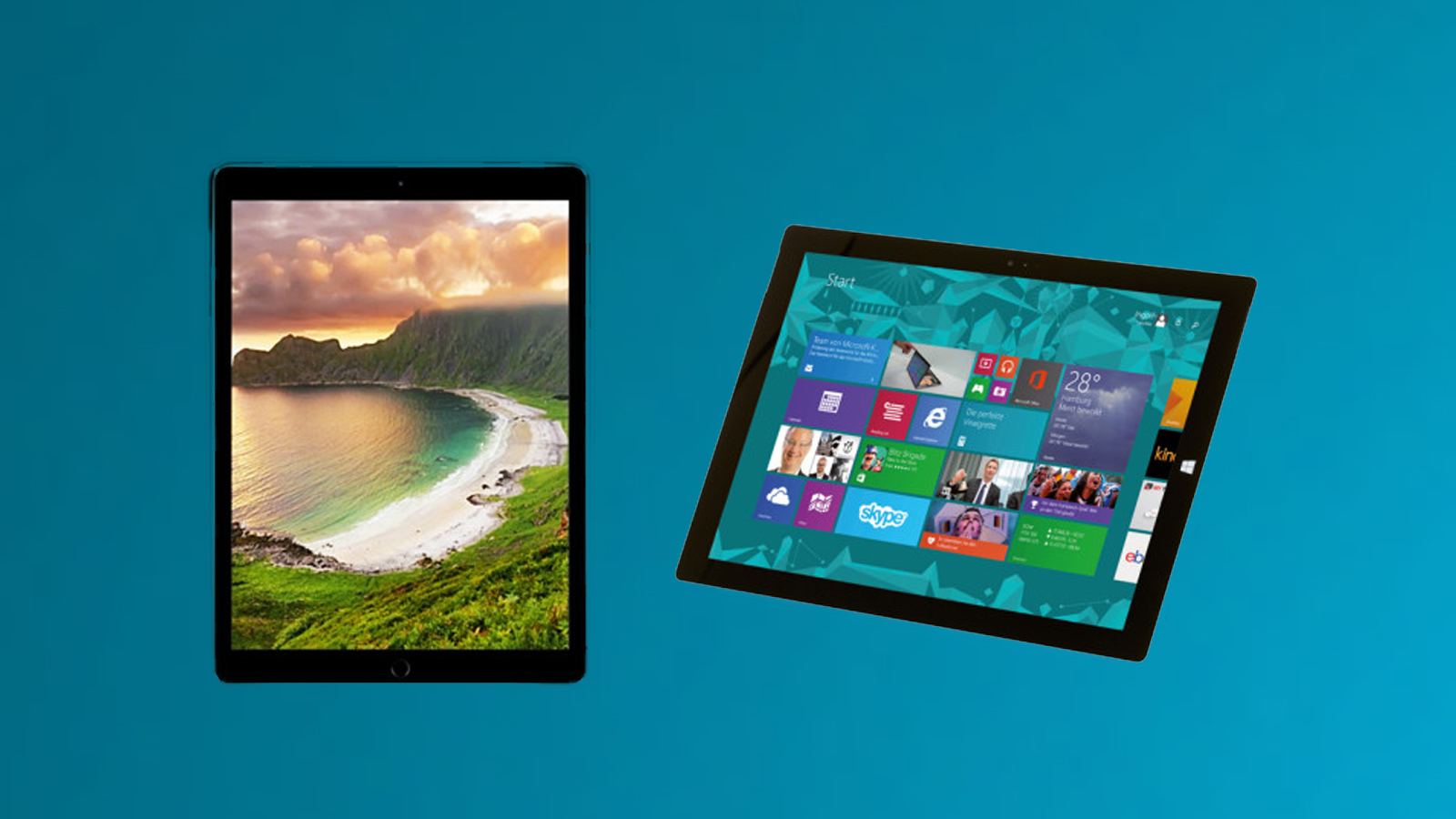
The wait is finally over – Apple has unveiled the first version of its enterprise-focused tablet, the iPad Pro.
Unlike previous iterations of the iPad, the iPad Pro (starting at $799, around £599 and AU$1199) is designed to enhance productivity, operate as a hybrid laptop and slate, and it's got enough storage to function as your main computing device.
Although there are several hybrid devices that can make similar claims, including the Lenovo Yoga 3 Pro and the new Lenovo IdeaPad Miix 700, there is really only one device that stands toe-to-toe with the iPad Pro as the ideal slate for hardcore professionals – the Microsoft Surface Pro 3 (also starting at $799, around £599 and AU$1199).
Design
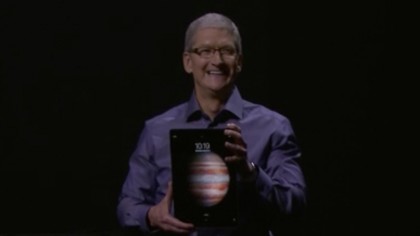
The iPad Pro – and its 12.9-inch screen – is about .09 inches larger than the Surface Pro 3. It weighs 1.57 pounds (712g) and is 0.27 inches (6.9mm) thick, unlike the Surface Pro 3, which is much heavier and bulkier at 1.76 lbs (0.79 kg) and 0.37 inches (9.5 mm).
The Surface Pro 3 is wrapped in a premium, bright, silver-colored magnesium shell. It's attached to its keyboard case by a double hinge magnet. The iPad appears to have a similar look and build to the iPad Air 2, so expect quality materials like the aluminum unibody found on previous Apple tablets.
Both devices feature excellent screens: the Surface Pro 3 packs a 2,160 x 1,440 Full HD+ resolution into its 12-inch screen, but the iPad Pro trumps that with a 2,732 x 2,048 resolution display.
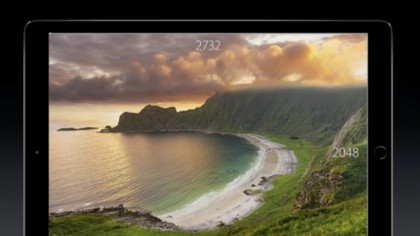
Tucked beside the Surface's Type Cover is the aluminum-finished Surface Pen, which uses both Bluetooth and N-trig to accurately measure touches and gestures. The iPad Pro will come with the new Apple Pencil, which remains charged for an hour and can be repowered via Lightning cable that connects directly to the tablet.
Are you a pro? Subscribe to our newsletter
Sign up to the TechRadar Pro newsletter to get all the top news, opinion, features and guidance your business needs to succeed!
Apple introduced the Smart Keyboard accessory, which is incredibly similar to Microsoft's Type Cover. The keyboard is constructed of woven material with three magnetic POGO plugs that connect magnetically to the keyboard. The iPad's adaptive software automatically turns off the software keyboard when the hardware is attached.
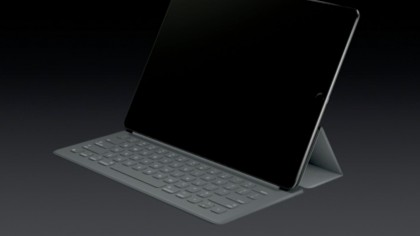
Specs
The iPad Pro comes standard with only 32GB of storage that can be upgraded to 128GB. The Surface Pro 3 starts at 64GB and can be upgraded to include a whopping 512GB. Unfortunately, the iPad Pro won't have anything close to the top-of-the-line Surface's capacity, which is disappointing.
The Surface Pro 3 can be configured with fourth generation Intel Core i3, i5 or i7 processor and 8GB of RAM, while the iPad Pro will feature an A9X processor. Apple's third generation 64-bit chip, which is 1.5 times faster than the A8X chip, which means it should run at a speed of 2.25GHz. This speed makes the iPad Pro 80% faster than all portable PCs on the market, and 90% faster at rendering graphics than comparable portable PCs.
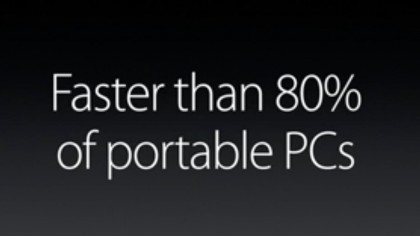
It also means that it's faster than the mid-level Surface Pro 3, which runs on a Core i5 processor that can run at a clockspeed of 1.9GHz. Look for Microsoft to begin introducing Surface Pro 3s (or even Surface Pro 4s) with sixth generation Intel Core i processors. The mid-range Core i5 Skylake processor can run at a base clockspeed of 3.4GHz. which should give the device improved performance and battery life.
The Surface Pro 3 can last on a single charge for up to 9 hours, according to Microsoft. We were only able to get 3 hours and 55 minutes out of the device when we tested it in our labs. However, the iPad Pro can last for up to 10 hours, according to Apple. If the actual performance is even close to the marketed performance, this will be a huge victory for Apple.
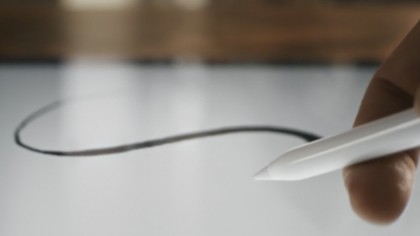
Early verdict
Apple has outdone Microsoft. Although the Surface Pro 3 has been the number one hybrid laptop since it launched in June of last year, it's a product of a bygone era. The iPad Pro features a slimmer and lighter build, a larger screen and a higher-resolution display. The iPad's processor is slightly superior to the Surface Pro 3's outdated fourth generation Core i chips. The iPad Pro boasts a slightly better battery life, and it's got the signature, classic and elegant design. Although the iPad doesn't have nearly the max capacity that the Surface Pro 3 does, 128GB isn't exactly skimpy.
For now, you'll want to avoid the Surface Pro 3 in favor of the iPad Pro. However, expect Microsoft to unveil a Surface Pro 4 in October. That's when the real head-to-head will begin.